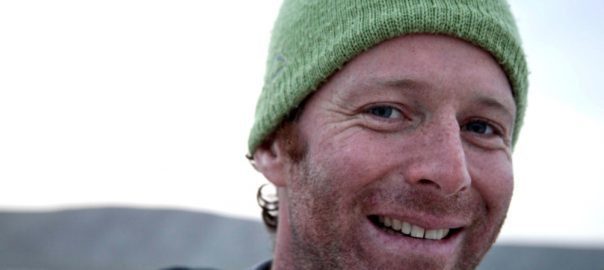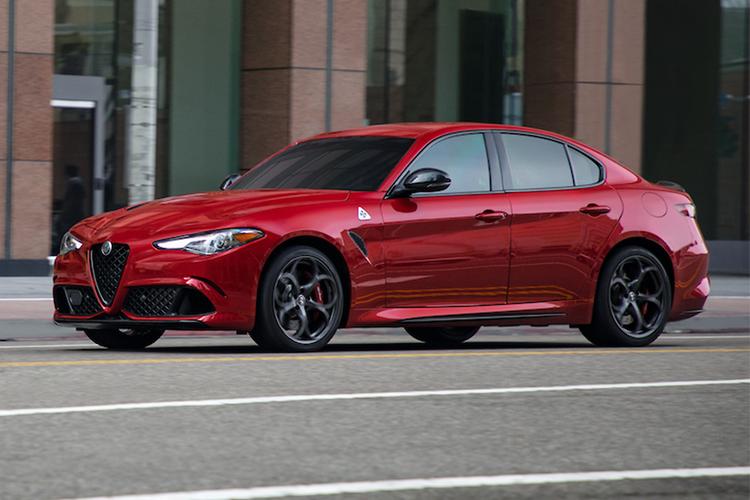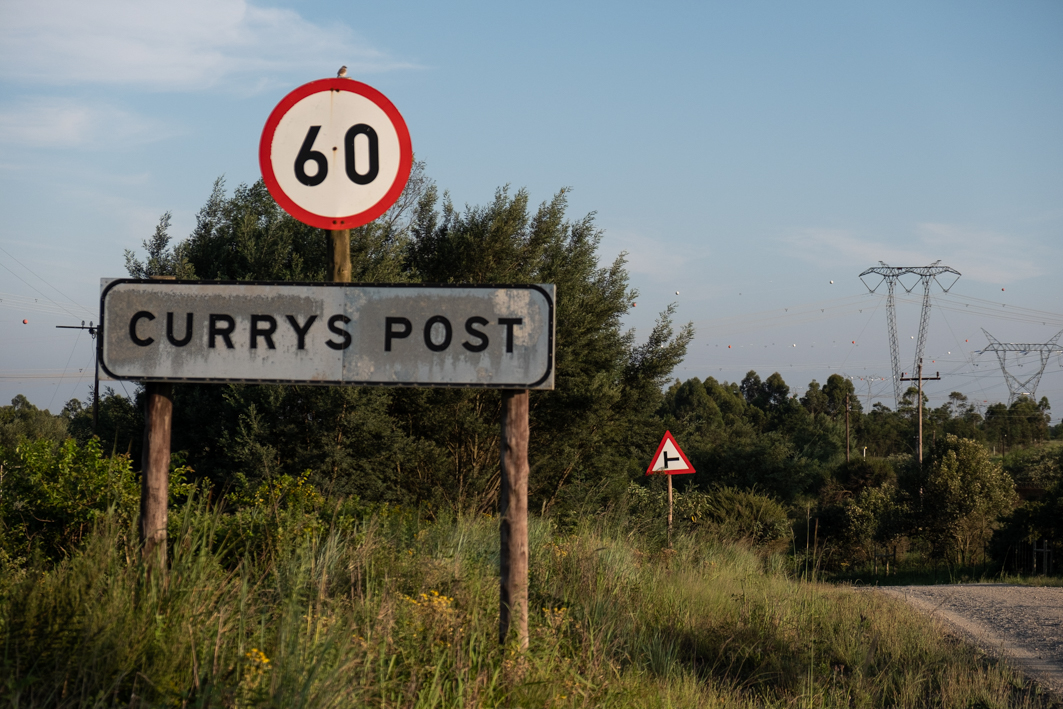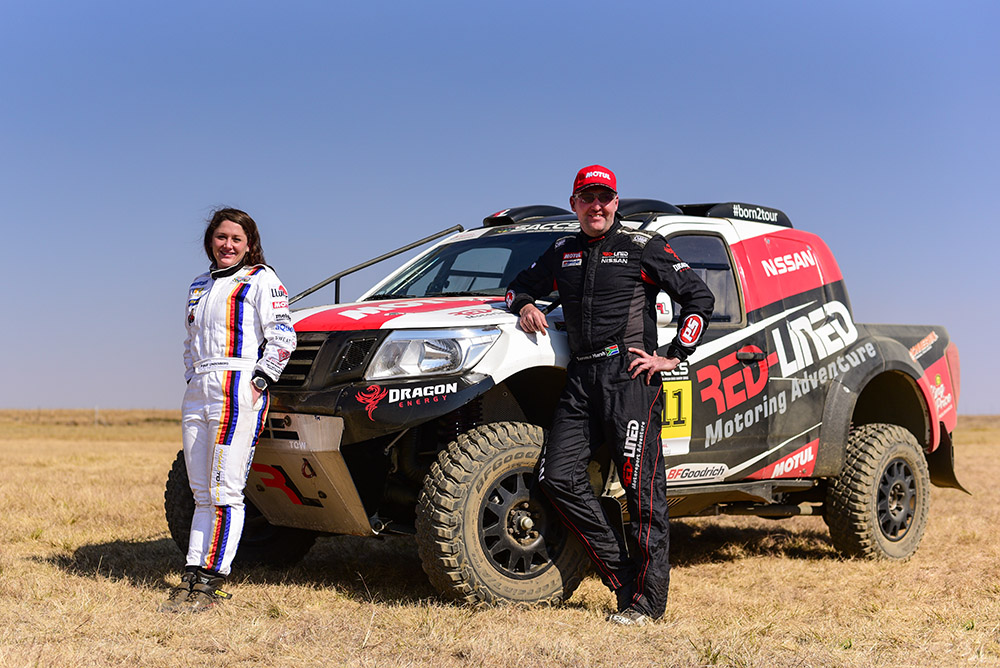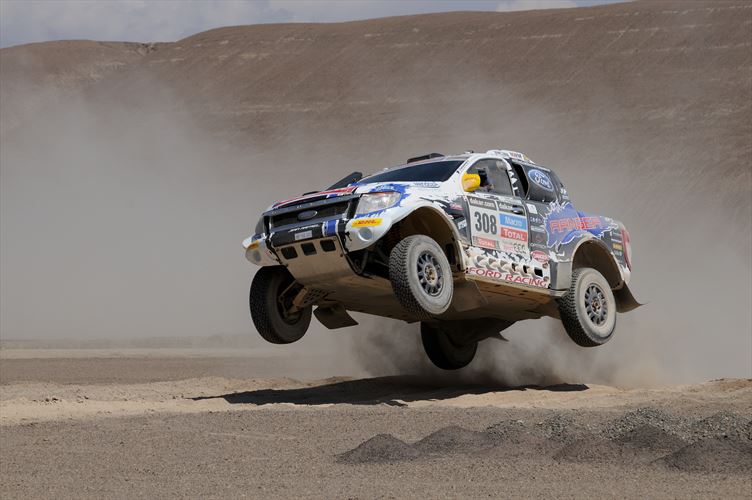Ian McCallum has a diverse range of skills and talents — medical doctor, psychiatrist, psychologist, wilderness guide, author and poet. Scott Ramsay spent a few hours in his company.
Ian McCallum’s love for the African wilderness and wildlife is clear to see. He has travelled to most parts of the continent from his base in Cape Town.
He is an eloquent and effective advocate of the protection of the wilderness and the restoration of relationships between humans and animals, and with the planet itself.
Ian’s Ecological Intelligence is a highly readable book that will challenge and inspire readers who are concerned about the state of the Earth. His poems in the anthologies Wild Gifts and Untamed are clarion calls for a renewed reverence for wildlife and wild places.
The wildlife and wilderness areas of Africa are under immense pressure, despite the best intentions of some concerned governments and citizen groups. What needs to be done to ensure they are sustained and nurtured?
The critical level will be the number of people who are genuinely concerned about the future of wild animals. The greatest danger is the indifference that so many people have for wildlife and wild areas – the attitude that “it’s got nothing to do with me”.
For example, why should somebody in New York City or Beijing worry about the rhino? Rhinos may go extinct, but so did the dodo. Isn’t this just part of the cycle of life? There’s a terrible sense that there’s nothing that any of us can do as individuals.
This is the biggest challenge. It comes down to the question: what are we – the privileged ones — going to do about it?
We are the ones who are privileged to have had contact with elephants and rhino and lions in a way that most people will never have. We are the ones who must speak up for the wild places and animals.
It depends on an acknowledgement of what I call “web-of-life” thinking. Everything is connected. Wild creatures are part of our identity.
What about the so-called “sustainable utilisation” model, including trophy hunting, as a way to create jobs and increase revenue flows to wildlife areas?
This is quite contentious. We have to be very careful of the sustainable utilisation model, which turns all living things, other than human beings, into objects: Objects for our use, objects which have a monetary value and that therefore are exchangeable on economic terms.
There is another school of thought, that some things – surely — are just simply not for sale. And what is it going to take for us to reach that level of ethics and say, “I’m sorry, this is not for sale. This is priceless.”
Is your mother for sale? Is your daughter for sale? Are you going to put an economic value on child trafficking? Oh, no, we’re talking human beings here. Some will argue this is a different issue. I’m saying no, it’s not a different issue. It’s part of the same continuum.
Do you really give a stuff about your fellow man? Then show me that you actually give a stuff about the animals and the natural state of the planet.
Does your mother have an economic value? No. Would you die for her or your sister? Surely. There are some things worth dying for.
There are different kinds of hunting, of course. Hunting a gemsbok or kudu to feed your family and friends is one thing, but trophy hunting of elephants, rhinos, lions or leopards is a continued act of dominance where the hunter stands on top of his or her prize with a high-powered rifle, where the animal didn’t have a snowball’s hope in hell, and pretending that you have shot it in self-defence or that this is some statement of your personal prowess. This is a mind-set that is heavily cushioned and fed by the sheer amount of money that comes pouring into this industry.
The economics of trophy hunting don’t always match up to what the hunters claim. I’m afraid the reality and some of the statistics don’t always match. The amount of money that goes back into conservation or communities is not as much as hunters say.
What do you say to the trophy hunting operator, who is adamant that trophy hunting is a valuable part of the conservation matrix?
Sometimes you have to kill wild animals, yes, because the highly managed game reserves of today mostly have fences, and can only sustain certain numbers of animals. Why not give those same trophy hunters a quota, and then they can come in to hunt, and get a replica on their way out? Give them the best fibreglass replica of the animal they are allowed to shot.
But that dead animal stays here in Africa. Nothing leaves here, okay? You can take a photograph of your animal, but there will not be a photograph of you standing in triumph over this animal. You’ve come for the hunt and for the chase.
We need to encourage a new breed of hunters. The message needs to be: “You are welcome to come and track that animal, but you must identify the track first, and then you have to follow it on foot, and find the animal by yourself.”
There will be no use of vehicles, or shooting from the back of vehicles. Let’s regenerate an honourable hunting ethos. Let’s go back to how it all began.
The issue of sustainable utilisation is highlighted by the current crisis surrounding rhino poaching, and the potential legalising of the sale of horn into Asia. What’s your view?
How can you justify the selling of rhino horn for a use which is nothing but sheer superstition? Isn’t this intrinsically wrong? Don’t you think education is the key here?
Why underestimate the intelligence of Chinese and Vietnamese people, where the so-called market is? We’ve got to be very careful about turning the Chinese people into the enemy. Our enemy is right here in SA and, sadly, it is fed by the economic model that follows the money.
The proposed trade in rhino horn is madness, because we haven’t got a clue about who the market is. Who are you going to sell it to? Secondly, we don’t know whether such trade is going to work. It is filled with uncertainty.
The argument against that will be, “Yes, but nothing else has worked in the past”, and we’re saying, “Rubbish”. We haven’t even begun to give it the best chance in terms of global awareness and demand reduction, to educate and stop people from using rhino horn.
There’s a third factor – ethics. For me, rhino horn is surely something which is not for sale. That, personally, is an important one. I’d like to know that I’m prepared to go and fight for this. Let’s show a little bit of backbone here.
What is the solution to the crisis in conservation?
You’ve got to get the government in SA, for example, to be totally committed to protecting what I’m going to call “national treasures”. They have to declare a state of emergency right now. We need to have world leaders say, “This is not right”. Citizens and governments around the world have got to assist the governments of Africa to solve the problem. It’s a global crisis, and we need global help and co-operation.
Let’s talk about something more personal. Which are your favourite wild regions in Africa?
I have three. Two are in Botswana and one in Namibia.
The Linyanti region in northern Botswana, on the Linyanti River overlooking the Caprivi Strip, is one of them. I’ve spent a lot of time there. Equal to that would be the Okavango Delta. There is a tremendous sense of space.
In both the Delta and Linyanti, you’re looking at a vast expanse of wilderness where there are no human beings and where natural processes have been going on for thousands of years. You are taken back in time, and when I go there I feel as though I’m part of the life cycle.
The other place would be the northwestern part of Namibia, towards Skeleton Coast. It’s phenomenal. What really strikes me is that there are no fences. Even places in Botswana, such as the Moremi Reserve, are defined by a buffalo fence that separates humans from wildlife.
But in Namibia’s northwest there are no fences. There is this unique demonstration of how humans coexist with wild animals, and that is precious. There’s a sense of continuity there.
A lot of the Himba people are continuing a way of life that’s hundreds and hundreds of years old. If I couldn’t die in Botswana, I’d be quite happy to spend the last years of my life there. That desert speaks!
Sadly, there are very few South African wildlife areas that would leap at me in the same way, beautiful as some of them are. I think of Pafuri in northern Kruger Park. It really is wonderful but sadly, for me, there’s a sense of claustrophobia because it’s so highly managed.
And who are some of the people in conservation who have inspired you?
I think the first person is Ian Player. I did my first Wilderness Leadership School trail in 1981 in Imfolozi. I found my spiritual home. It changed my life, that wilderness experience.
Prior to that I had lots of experience of watching animals from inside a motor car, behind the safety of a windscreen. But when you are walking and living in the bush as a guest, walking in silence, sitting around a fire through the night and listening to the sounds… It was profound, so I owe Ian Player and his friend, Magqubu Ntombela, a huge debt on that score.
Magqubu gave me a branch of the Ziziphus mucronata (buffalo thorn), saying this would tell me how to live my life. The forward-pointing thorn on the branch reminds us to think of future generations, and the one that points backwards reminds us not to forget where we’ve come from. I don’t know of a more simple yet profound philosophy. That’s my philosophy: never forget where you’ve come from. Learn how to say thank you, not just to your parents or grandparents. Where have you actually come from? Once you start getting into the whole field of evolutionary biology, you understand how much we need to be thankful for.
Another person who has inspired me is Ian Michler, a wilderness guide and conservation photojournalist and activist. We have worked very closely together. He is incredibly knowledgeable and a brilliant ornithologist. He’s extremely alert to animal behaviour, and is a great teacher.
Recently he’s been instrumental in exposing canned lion hunting in SA, in his new documentary, Blood Lions. Ian has immense courage and integrity.
There are other people I’m drawn to simply because of their dedication to what they are doing and their love of the wild. I think of characters like Chris Bakkes, Garth Owen-Smith and Margaret Jacobsohn in Namibia, working with communities and wildlife. These are giants of conservation.
Some of the Wilderness Leadership School guides, especially Mandla Buthelezi, also inspire me. Mandla has been around for a long time and he knows how to handle a wild animal. He is like Superman and Clark Kent. When he goes into the wilderness, the transformation is immense and his levels of awareness and knowledge are incredible.
Then there’s Karel “Pokkie” Benade, who is one of the finest trackers I’ve met. Yet he’s one of the most humble human beings. The pleasure I had while working with him at The Tracker Academy cannot be measured. I recently spent a week with him and his wife, Jeanette, who is the principal of the academy. He’s the main tracking mentor.
I’ll never forget the first time I met Pokkie, in 2010. It was in January, the height of summer. We went tracking in the veld. We picked up springbok spoor, and he said, “Ja, maar hierdie dier kom nie van die Karoo nie”. And he was right. These springbok had been brought in from the Kalahari. Their tracks were just that little bit wider than those of the Karoo springbok. Amazing.
What do you admire most about the wilderness, and what do you miss about it when you’re away from it?
It’s very simple. Wilderness is part of the geography of my identity as a human being. That wildness is crucial for human sanity. Please note, I’m not talking about savagery, that which is raw and crude; I’m talking about that which is spontaneous, which is authentic.
Wildness on a psychological level is something that is untamable in us, thank God. But you can’t civilise it because it is civilised already in its own way. It is civil. I feel it. It’s in my blood. It’s part of my identity as a human being and without it I would die of a loneliness of spirit. I couldn’t put it any other way.
And spending time in wild places of Africa is a sort of homecoming. They are places of homecoming.
Scott Ramsay
Scott Ramsay is a photojournalist focusing on national parks and nature reserves in Africa. He is supported by Cape Union Mart as a K-Way ambassador, and also by Ford, Goodyear Wrangler, Safari Centre Cape Town, Hetzner, Outdoor Photo and Tracks4Africa.
For more information, check out www.LoveWildAfrica.com, or www.facebook.com/LoveWildAfrica and @love_wild_africa on Instgram.
Cape Union Mart/K-Way review
One of the most useful items of gear which I use regularly is an LED Lenser head torch. I use the SEO7R model, which comes with rechargeable batteries.
There are four different light settings. The three “white” light settings are “bright”, “dim” and “flashing”. The bright setting is super bright for such a small lamp, punching out 220 lumens over 150m. As a photographer, I have started using this bright setting to illuminate far-off objects at night.
It’s a really effective tool. In fact, if you’re camping, and don’t have any other light, the “bright” setting may be too powerful while you’re using it to check on your braai meat. The “dim” setting seems better for this purpose and other close-at-hand tasks.
The “flashing” setting is a good search and rescue tool, so if you’re stuck on a mountain or in a boat in the ocean, it can attract attention.
There’s also a red lamp, which is less intrusive than the white light, and it doesn’t attract as many insects.
The strap on the LED Lenser is adjustable and comfortable to wear.
The batteries seem to last a long time.
Price: R999 at www.capeunionmart.co.za
